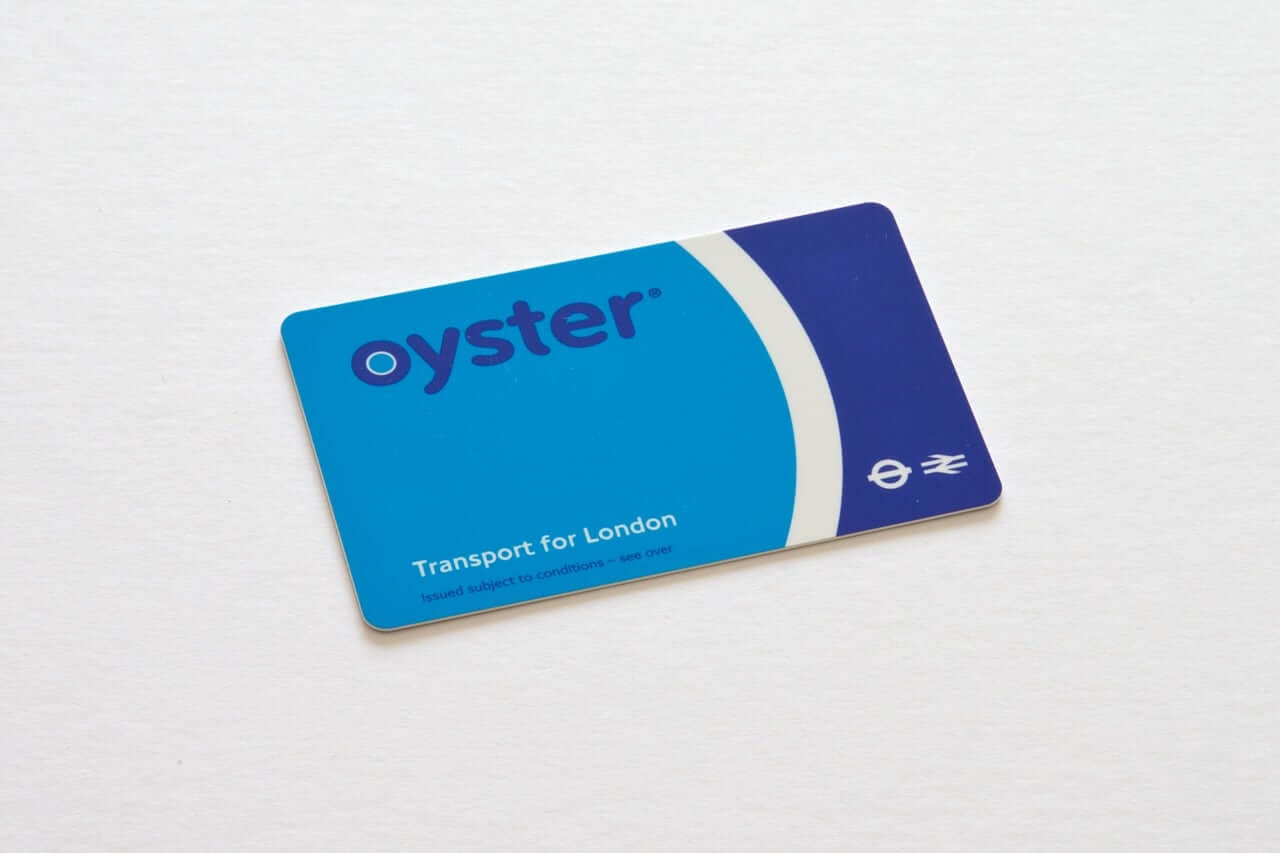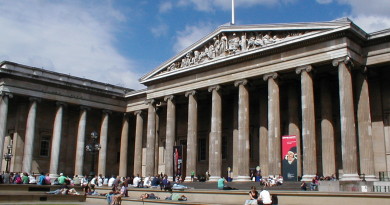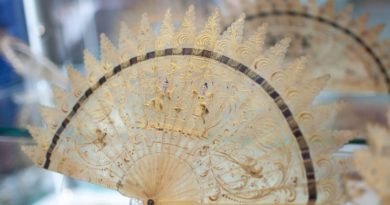Covent Garden – 8 “Must See” Tourist Attractions in Covent Garden
Covent Garden is a vibrant and popular tourist attraction located in the heart of West End theatreland and each year millions of visitors come here to be entertained. This place was originally a fruit and vegetable garden used by the Monks of Westminster and was known as Convent Garden. By 1631 houses were built here by Inigo Jones, one of the most famous architects in London during that period, and Covent Garden was regarded as the most fashionable place to live. After the Great Fire of London in 1666 which destroyed most of the buildings, a marketplace was set-up here in 1670.
Here are 8 tourist attractions in Covent Garden:
1) St Paul’s Church, built in 1631 and completed in 1633 by Inigo Jones, is also known as the Actors’ Church because of its long association with the acting community. Every internal wall of the church is covered by wall panels with names of past actors and actresses such as Frank Lawton, Leon Quartermaine, Vivien Leigh and Nancy Price. There are benches in the churchyard for visitors to rest and find some peace and quiet. The “Avenue of Stars”, a walkway opened in 2005, passes through the grounds of the church.
2) Covent Garden Street entertainers
Covent Garden is renowned for its street entertainers who make a living by entertaining the thousands of visitors who visit Covent Garden every day. Crowds of audiences turn up even on rainy days to watch street entertainers perform magic tricks, juggling and acrobatic acts, singing, dancing and even standing still like a statue. Visitors just love to have their pictures taken with these street entertainers for them to show their friends and relatives back home.
3) Coffee Houses, Wine Bars and Restaurants
Restaurants, wine bars and cafés can be found everywhere around the piazza with musicians providing music to liven up the place. These restaurants serve all types of cuisines including European, Latin American and Asian. They are busy all day long serving customers with lunches, afternoon teas and dinners before and after theatre shows. Rules Restaurant, located in Maiden Lane, is the oldest restaurant in London. Russell Street was closely associated with the coffee houses of the late 17th century, three of the most popular being Tom’s (located at No.17), Button’s (location uncertain but approximately opposite Tom’s) and Will’s (on the corner of Bow Street).
4) Indoor Markets
The Apple Market was established here in 1980 to provide an outlet for traditional British unique hand-made artwork and crafts. These include jewellery and accessories, antiques and collectables, knitwear and toys. The Jubilee Market standing next to the Apple Market sells clothings and household goods on Tuesdays – Fridays and offers arts and crafts on Saturdays and Sundays.
5) West End Theatres
Covent Garden is at the heart of West End theatres, many of them are located within yards of one another. Theatre Royal in Drury Lane is the oldest theatre in London and is claimed to be one of the world’s most haunted theatres. One of the most talked about ghosts of Theatre Royal is the “Man in Grey”.
6) The Royal Opera House in Bow Street is the venue for major performing arts. It is home to The Royal Opera and The Royal Ballet and has a seating capacity of 2,268. Two main exhibitions are held here each year between September and August to showcase the Royal Opera House Collections. The area where Paul Hamlyn Hall (the large iron and glass structure) stands was part of the old flower market.
7) Bow Street Police Station
Standing opposite The Royal Opera House, at no. 25 & 27 is Bow Street Police Station, the oldest and the most famous police station in London. Beside it stood the Bow Street Magistrate Court. Some of the famous defendants brought before the Bow Street Magistrate Court included Dr Crippen, the Kray twins, Oscar Wilde, General Pinochet and Jeffrey Archer.
8) The London Transport Museum has large collections of London Transport memorabilia including transport vehicles, models and toys, uniforms, badges and equipment, London Underground signs, posters and artwork and many more. There is a charge for entry into the London Transport Museum but retirees only pay a concessionary fee. There is a museum shop selling mini London Transport memorabilia and a coffee shop serving refreshments.
The nearest tube station is Covent Garden station on the Piccadilly line. Leicester Square station (on the Piccadilly and Northern lines) and Charing Cross station (on the Bakerloo and Northern lines) are also within easy walking distance to Covent Garden.



